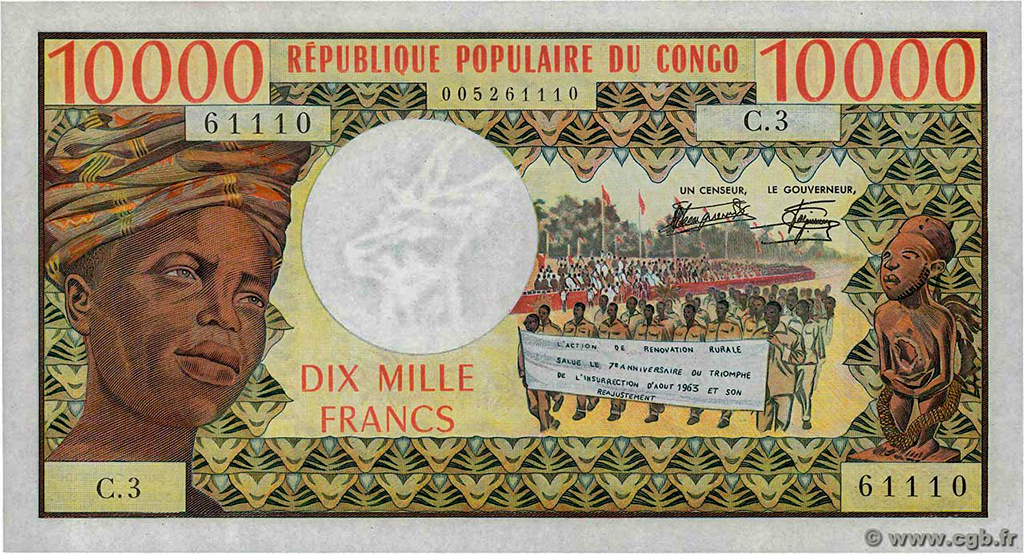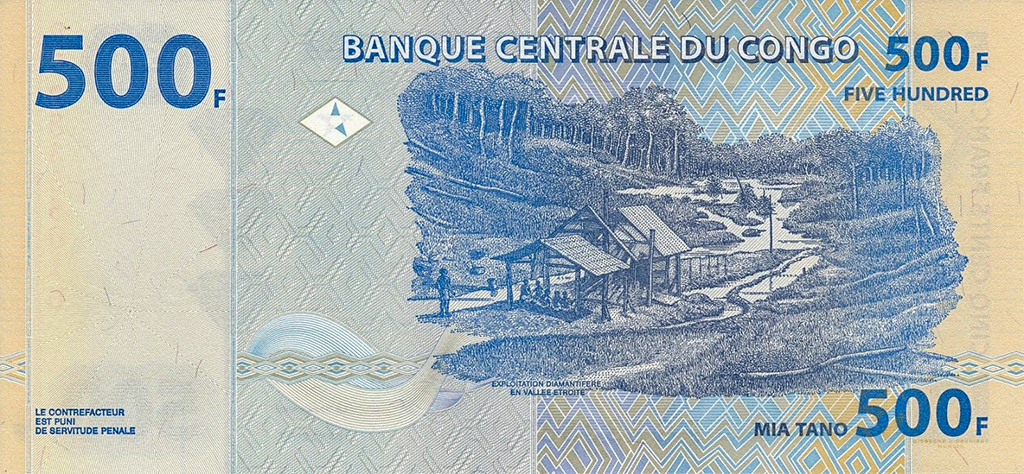
The topsy-turvy travails of the Congolese Franc






Named after the world’s deepest river Congo, Democratic Republic of the Congo is the largest country in the Sub-Sahara region and 2nd largest in the whole of Africa. The ancient landmass comprising over 200 ethnic groups with Kongo and Bantus in majority has been a treasure of minerals and for the same reasons pursued by colonizers. Congo was seized by 1879 CE; the landmass became a private property of Leopold II of Belgian in 1885 and ironically named as “Congo Free State.” A brutal era of exploitation was unleashed in the rubber plantations of Congo were at times, hands were chopped off for those who failed to follow the rules. Finally, in 1908, Congo returned to Belgium rechristened as “Belgian Congo.” Independence, if it can be termed so, happened in 1960 with another new name “Democratic Republic of Congo” in 1964. The Congolese identity went for toss again in 1971, when military leader Mobutu seized the power; Zaire was the new name derived from Portuguese word “zaire” – an adaption of Kongo word nzere or nzadi (river that swallows all rivers). Three decades of Mobutu’s rule was followed by wars within Congo and Africa.





The first Congolese banknotes were issued in 1887; Named as Francs, the banknotes survived through much of the colonial rule. 1916 onwards, Congolese Francs swelled over much of present day Rwanda and Burundi. Joint issues were launched from 1952 till the colonies gained independence in 1960. Even after independence, the Franc remained as the official currency till 1967 when “Zaire” was unveiled by Banque Nationale du Congo with a valuation of 1 Zaire = 100 Centimes = 100 Makuta = 1000 Francs. Under the megalomaniac Mobutu, the Banque Nationale du Congo became Banque du Zaire with his own portraits dominating the Zaire banknotes. But, things were not going well for the war-ravaged nation, that saw huge inflation resulting in issue of banknotes of 1 million and 5 million Zaires. To take stock of the situation, in 1993 a new currency was launched (1 Nouveau Zaire = 100 Nouveau Makut = 3 million “old” Zaires) that also devalued fast. With the end of Mobutu’s regime, Zaire again became Congo Democratic Republic with its central bank renamed as Banque Nationale du Congo. Post 1997, a new national identity was created by adopting local motive, focused on nature and culture, and not on cult personalities.






Main Features | Congo has a rich history of elegant banknotes right from the colonial times to the Mobutu regime. Like much of Africa, Congo is still struggling to identify its soul. The Congolese Francs are intricate, balanced and literally a visual treat. On the obverse, we find (i) Numerals for Denomination at four corners – six in all, three clustered at top right, Serial Numbers in both vertical and horizontal alignment (ii) Text for denomination somewhat sidelined to the left in a vertical alignment, issuing authority – “Banque Centrale Du Congo” with one signatory, and date of issue (iii) Graphic elements such as line drawings, symbols and tessellating designs have been merged together to present a picture perfect. Backgrounds are generally weaved through linear formations with minute texts along with geometrical patterns. The reverse is simple with (i) Numerals for Denomination at 3 corners except the left bottom, (ii) Texts for denomination and issuing authority – Banque Centrale Du Congo and (iii) One dominating image depicting Congolese life and landscape. Banknotes have been printed from a host of printers – from American Banknote Company, Tumba Bruk, Giesecke & Devrient, National Bank of Belgium Printing Works, to the local Hôtel des Monnaies, Kinshasa.






